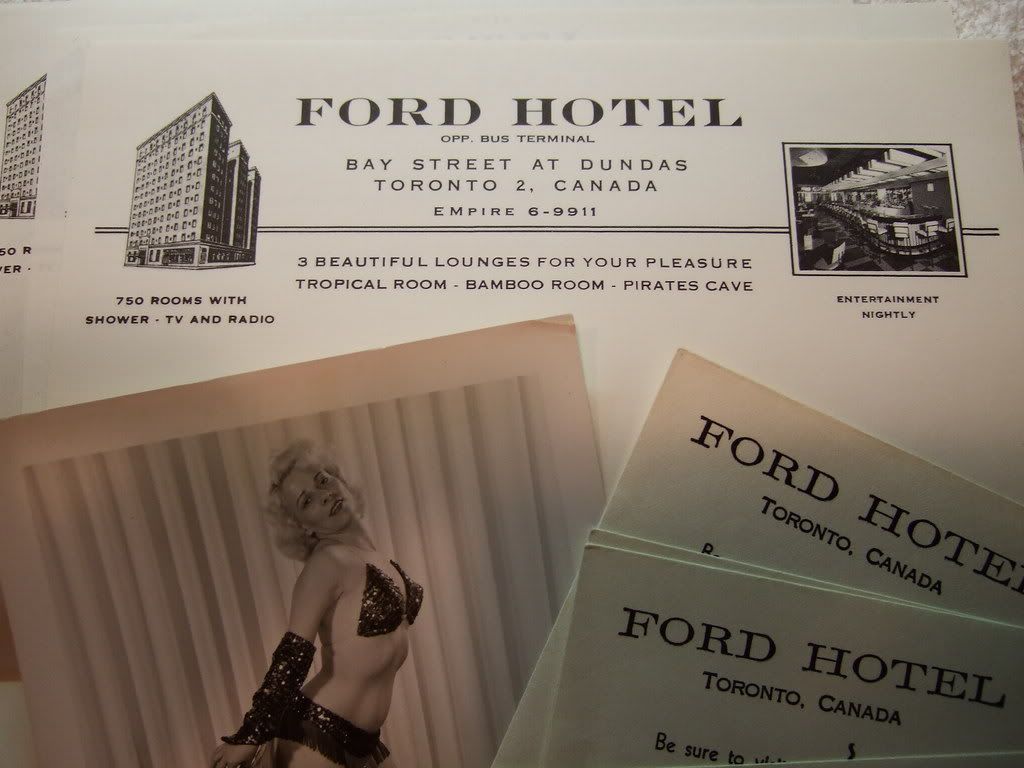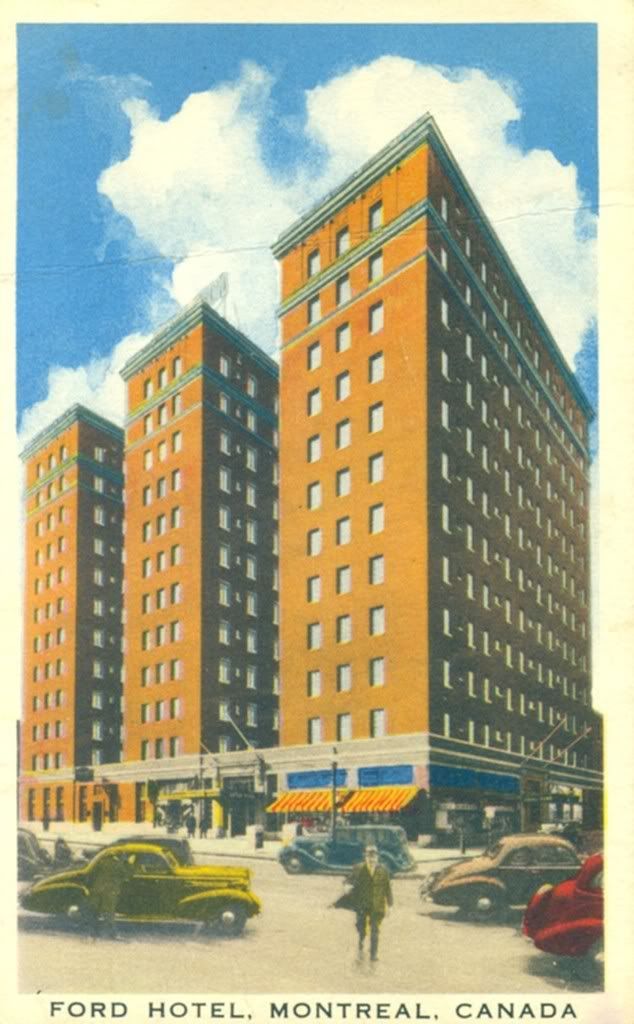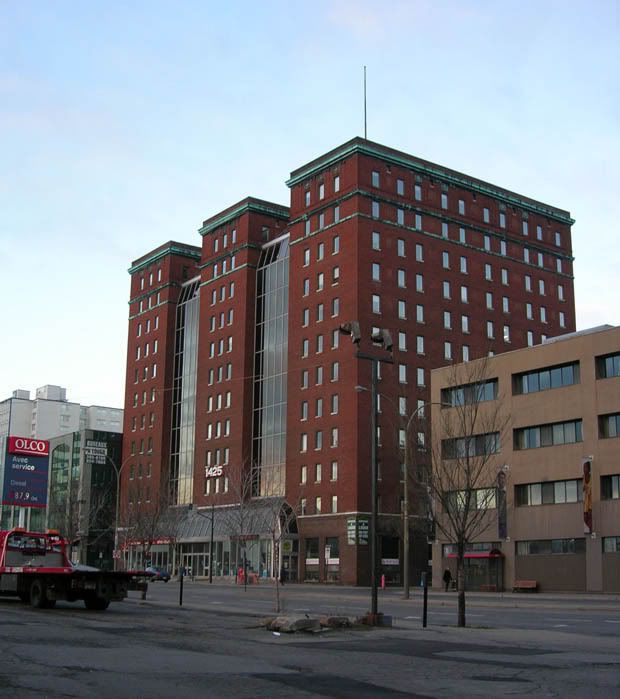Tewder
Senior Member
That strikes me as such a unique 'landmark' building, even in terms of heritage buildings. Likely would have become as 'beloved' as the flat iron building if it had survived.
|
|
|
BROADVIEW HOTEL on the north west corner of Queen St . East and Broadview Ave.

Link to an image of the Ford Hotel.

These photos are fantastic. Do you have any pix of the old FORD HOTEL on BAY STREET? It was torn down in 1972 me thinks. It was my fave hotel as a boy.
These photos are fantastic. Do you have any pix of the old FORD HOTEL on BAY STREET? It was torn down in 1972 me thinks. It was my fave hotel as a boy.
the generic cartoon image of the 1920s Statler-type urban hotel

Maybe the problem with the Ford is that even if big, it was "ugly", or at least not terribly photogenic--a spartan rectangular brick hulk with twin light-courts, the generic cartoon image of the 1920s Statler-type urban hotel catering to the travelling salesman crowd and whatnot. At best, it was to its era what, say, the Delta Chelsea was to the 70s/80s--and that's not necessarily a condemnation. (And I presume the advent of the Depression tripped up any high hopes of reasonable middle-class reputation.) In fact, as an urbanistic presence, more people probably remember the Ford for its rooftop sign than anything.
It's also definitely one of those cases where the demolition happened right before such generic 20s hotel architecture could even begin to be re-appreciated--at least to the point of being photographically documented and openly lamented or reflected upon at the very end...


I think that’s right. What makes it unique is precisely its boxy and bland functionality and its scale—features that seem more appropriate to an early 20th century Chicago or Detroit than a provincial outpost of the Empire. Whereas the Royal York and King Edward accurately reflect our colonial roots, the Ford seems to belong to another kind of city. Even its name sets it apart, and places it on a continuum of hotels all over the United States.
Of course, it is its very anonymity, its massive scale, and its “big city†vibe, that make the Ford a fabulous site for another kind of urban archeology.
The bland muteness of its design--as well as its proximity to the bars, nightclubs and theatres on Bay and Yonge, and of course the bus station--no doubt made it a staging ground for all sorts of hard core activities that could play a starring role in an alternate and unwritten history of the city--a central player in an imaginary “Toronto Noirâ€.







